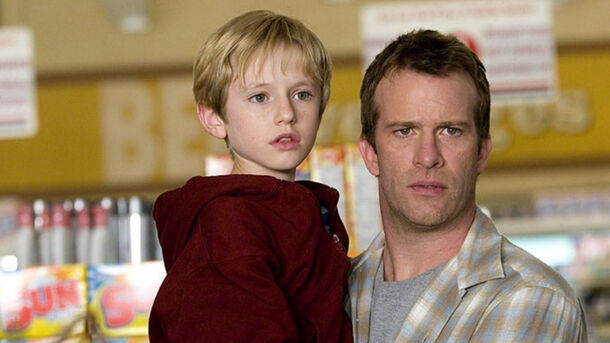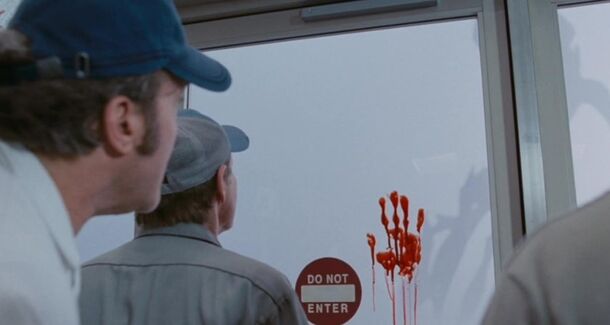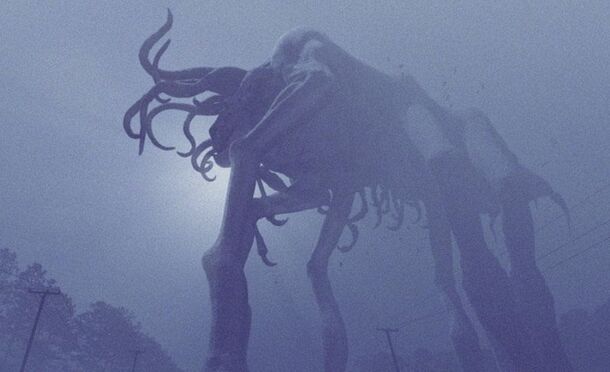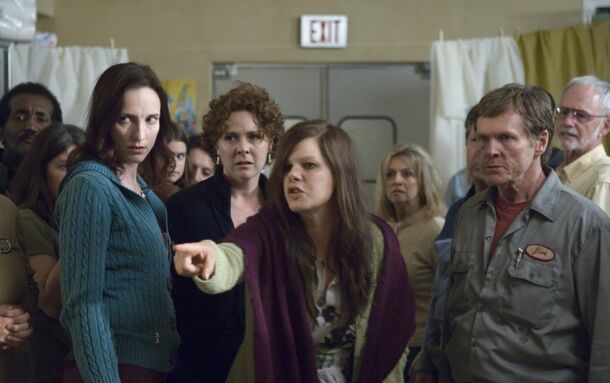The Horror King Applauded: 8 Shocking Facts About 'The Mist' Adaptation

The legendary film with a shocking ending remains close to a genre classic even today.
The Mist is one of those rare King adaptations that doesn’t just follow the source material — it pushes its ideas to the limit. Director Frank Darabont abandoned visual polish in order to show real fear — not of monsters, but of ourselves. Through eight facts, we recall how this ruthless, grim, and truly great film was made.
1. Shawshank or the fog?
Darabont had to choose how to begin his directing career: with the intimate prison of The Shawshank Redemption or monsters in a white haze. The prison won, and The Mist patiently waited its turn — until the director’s name became a mark of trust for studios.
2. Sun cut off by the prologue
Originally, the film opened with a scene in a military lab — the audience would see how 'something' escapes. Actor Andre Braugher asked, "Do we need it?" — and Darabont cut the scene before filming even began. The mist remained a mystery, and the atmosphere only benefited.

3. Doc-style over perfect composition
For The Shawshank Redemption, Darabont measured every frame with a compass. In The Mist, he ordered his cameramen to 'catch the moment' like in a documentary: shaky shots, blurry focus, sudden camera sways. The chaos behind the scenes mirrored the chaos outside.
4. Thomas Jane — the dream actor
Almost everyone envisioned someone 'bigger' in the lead, but the director immediately sent the script to Jane. He loved King and, after the failure of Dreamcatcher, dreamed of redemption. The first read-through became the final cast list.
5. Practical effects vs. digital
The film’s weakest element — the CGI tentacles at the docks. Darabont admits it: in 2007, computer graphics aged faster than milk. But the earthquake scene was done the old-school way: crew members shook shelves, speakers rumbled underfoot, and actors screamed from genuine surprise.

6. Local heroes
Besides the stars, little-known local actors shined on screen. Melissa McBride, crying at the door, got a standing ovation from the entire crew — even the lead actors applauded. Three years later, she became Carol on The Walking Dead.
7. An ending that couldn’t be moved
Darabont fought for the mercy-shot scene in advance: "It’s this or nothing." His reasoning — if King’s story is about human breakdown, then it should be taken to the extreme. What helped was the director’s own fatigue with 'sugary' Hollywood endings.
8. King himself applauded
The author doesn’t openly praise every adaptation, but he called The Mist "honest hell". According to him, Darabont’s ending hit even harder than the original novella — a rare case where a film gave the author goosebumps.

In the end, The Mist remains a rare example where an adaptation not only respects King but speaks to him as an equal: removing the excess, preserving the pain, and showing that real horror doesn’t hide in monsters — but in people who have lost hope.
